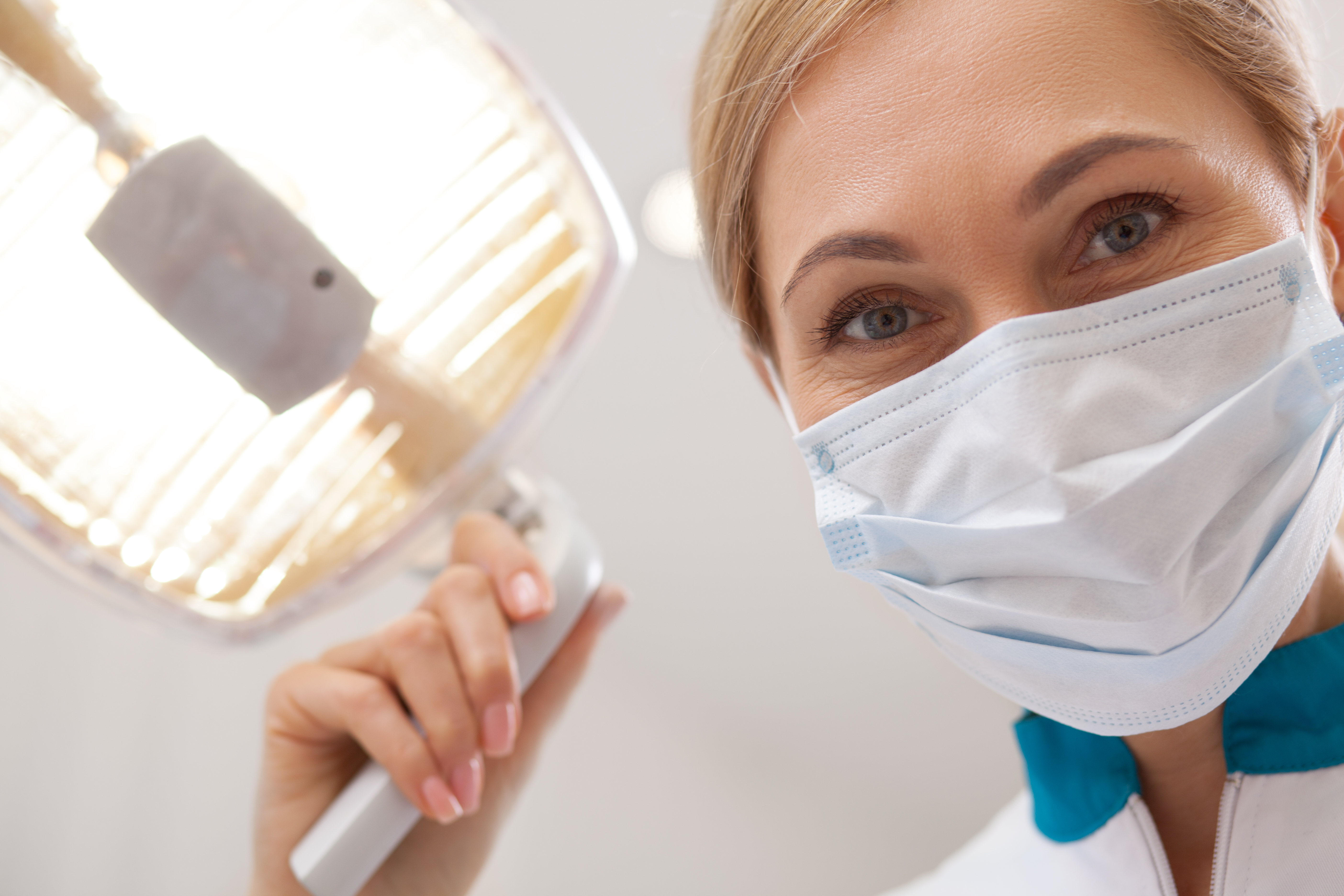How to Prevent Dry Socket After an Extraction
Posted by Jocelynn Vida on May 7 2025, 11:13 PM
Experiencing a tooth extraction can feel like an overwhelming process, especially when you consider the potential complications that may arise afterward. One of the most daunting issues is dry socket, a painful condition that can set back your recovery and disrupt your daily life. But what exactly is dry socket, and why should it be on your radar if you're preparing for an extraction in Mission Viejo, CA? Understanding this condition is crucial to ensuring a smooth healing journey. Let’s dive into how you can protect yourself from this common post-extraction hurdle and enjoy a quicker return to normalcy!
What is Dry Socket and Why is it Important to Prevent?
Dry socket, medically known as alveolar osteitis, occurs when the blood clot that forms in the extraction site either dissolves or becomes dislodged before healing can take place. This leaves the bone and nerves exposed to air, food particles, and bacteria.
The pain associated with dry socket can be intense and may radiate to your ear or jaw. It typically surfaces a few days post-extraction, making it essential for patients to understand how to minimize this risk.
Preventing dry socket is crucial not only for comfort but also for ensuring proper healing. A delayed recovery could lead to further complications or infections. Being proactive about aftercare helps you avoid unnecessary pain and keeps your oral health on track following an extraction in Mission Viejo, CA.
Causes of Dry Socket
Dry socket, or alveolar osteitis, occurs when the blood clot at the extraction site is dislodged or fails to form properly. This can lead to exposure of bone and nerves.
- Several factors contribute to this condition. Smoking is a major culprit; nicotine restricts blood flow and delays healing.
- Another cause is improper aftercare. Not following your dentist’s post-extraction instructions can increase the risk significantly.
- Hormonal changes, such as those during menstruation, may also play a role in developing dry socket. Additionally, certain medications like birth control pills might affect how well you heal.
- Trauma during the extraction itself can disturb the clot formation process too. Understanding these causes helps in taking preventive measures for a smoother recovery journey after an extraction in Mission Viejo, CA. Contact us to learn more.
Signs and Symptoms of Dry Socket
Dry socket typically reveals itself a few days after an extraction.
- One of the first indicators is an increase in pain. This discomfort often intensifies rather than diminishes.
- The pain usually radiates from the extraction site to other areas, such as your ear or temple. It can feel sharp and throbbing, making it difficult to focus on anything else.
- Another sign is a noticeable change in taste or smell coming from the extraction area. You might experience foul breath due to trapped food particles or bacteria.
- Additionally, you may observe that the blood clot at the site has either dislodged or failed to form properly. This can lead to a dry appearance in the socket, which you may find alarming.
- Swelling and inflammation can also accompany these symptoms, heightening your overall discomfort during recovery.
Steps to Take Before and After an Extraction to Prevent Dry Socket
Before your extraction, it’s vital to communicate openly with your dentist.
- Discuss any medications you're taking and share your medical history. This helps tailor the procedure to prevent complications like dry socket.
- After the extraction, follow post-operative instructions closely. Bite gently on the gauze provided for at least 30 minutes to promote clotting. Avoid rinsing vigorously or using straws within the first few days; these actions can dislodge blood clots.
- Stay hydrated but choose soft foods that require minimal chewing initially. Foods like yogurt, applesauce, and smoothies are excellent choices during recovery.
- Avoid smoking or alcohol as they can hinder healing and increase dry socket risk. Additionally, maintaining good oral hygiene is crucial—just be gentle around the extraction site when brushing your teeth.
Regularly check in with your dental professional if you have concerns about pain levels or other symptoms following the procedure.
Home Remedies for Relieving Pain from Dry Socket
Dry socket can be quite uncomfortable, but there are several home remedies that may help alleviate the pain.
- One popular option is to rinse your mouth with warm salt water. This helps cleanse the area and can reduce inflammation.
- Another remedy involves using a cold compress on the outside of your cheek. Applying this for 15-20 minutes can numb the pain and provide relief from swelling.
- Clove oil is also known for its analgesic properties. A few drops applied directly to the painful area can offer soothing effects due to its natural compounds.
- Additionally, herbal teas such as chamomile or peppermint have anti-inflammatory benefits when sipped gently. They not only soothe discomfort but also promote relaxation during recovery.
Remember, while these remedies can provide temporary relief, they aren't substitutes for professional care if symptoms persist or worsen.
When to Seek Medical Attention for Dry Socket
If you suspect a dry socket, paying attention to your discomfort is crucial. The pain may start a few days after an extraction and can escalate quickly. If this happens, don’t hesitate to contact your dentist.
Severe pain that doesn’t respond to over-the-counter medications is a clear sign you should seek help. You might also notice an unpleasant taste or odor coming from the extraction site.
Fever or swelling around the affected area are additional indicators that something isn’t right. These symptoms could signal an infection requiring immediate care.
Remember, ignoring persistent issues can lead to further complications. Your oral health matters, so trust your instincts and consult with a professional if anything feels off after your procedure in Mission Viejo, CA.
Conclusion: Importance of Proper Oral Care after an Extraction
Taking care of your oral health after an extraction is crucial in preventing complications like dry socket. Following the right steps before and after your procedure can make a significant difference in your recovery process.
It's essential to listen to the advice given by your dentist or oral surgeon, as they know what’s best for you based on their expertise and experience. Maintaining good hygiene, avoiding certain activities, and being mindful of how you eat can help ensure that you heal properly.
If you're in Mission Viejo, CA, seeking extraction services, remember that proper post-operative care is key to a smooth recovery. Prioritizing these practices will not only enhance your comfort but also protect against unnecessary pain and complications down the line. Your mouth deserves attention during this time; give it the care it needs for optimal healing.





